Kaleidoscope & Fairfield Parlour interview with Peter Daltrey
Kaleidoscope was an English psychedelic rock band from London that originally were active between 1967 and 1970. The band’s first album ‘Tangerine Dream’ was released at the height of Swinging London.
By the end of the decade the band moved on with their new manager, DJ David Symonds, whom they met during the BBC sessions, under the name Fairfield Parlour, with the same lineup.
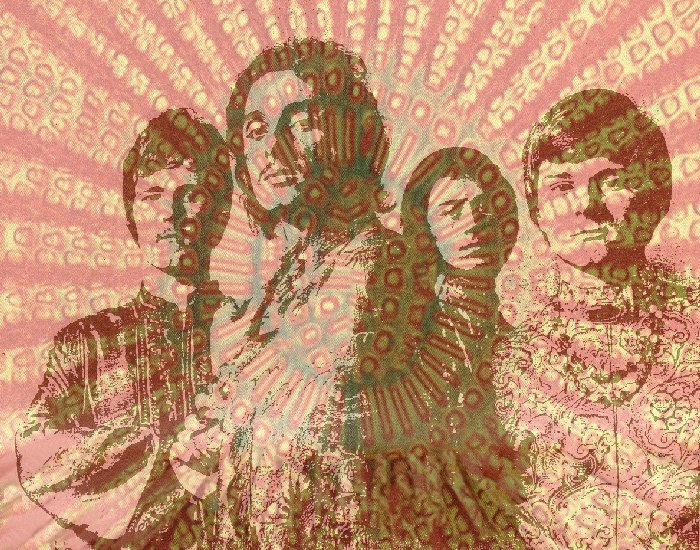
Peter, thank you very much for your time and effort. I would like to talk about the beginning. As far as I know you started a band called The Sidekicks around 1964. Eventually you become The Key in November 1965. When Fontana Records signed with you, you changed your name to Kaleidoscope. Can you tell me about your beginnings as The Sidekicks and then transforming into Kaleidoscope?
Peter Daltrey: We’d served a three year apprenticeship by the time we arrived in 1967 and found ourselves the proud owners of a recording contract with a major international label. We began in ’64 as a sort of covers band; we played Stones and Beatles songs and lots of blues, or rhythm and blues as it was called back then. As a fledgling band with nil experience it was easy to play steady blues stuff. We then ventured into Stones territory.
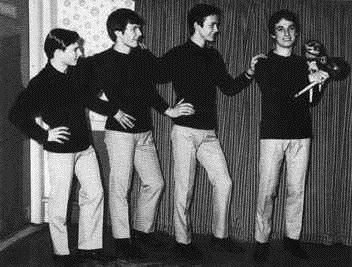
But we soon realised that writing our own songs would be a logical next step. The Beatles lead the way. Up to that point very few bands wrote their own songs. We realised that we could wallow forever in the shallows playing old blues songs. To achieve any sort of success we would have to produce some original material. Eventually we were writing reasonable songs and a name change was in order to reflect our move away from the youth club circuit and our blues-fixated past.
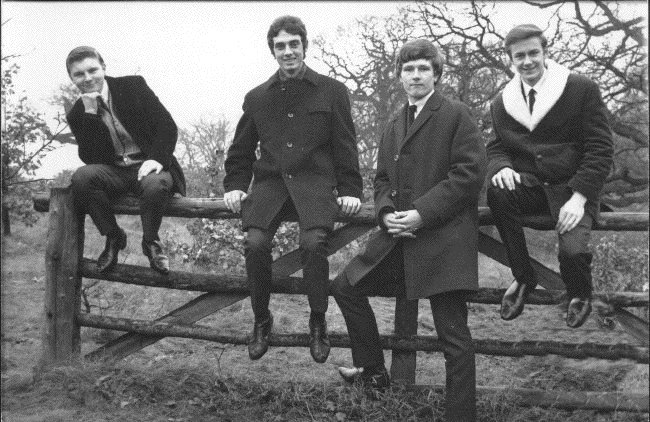
As The Key we played many of our own songs in a set. We were creative on stage. We used to have a girl in a mini skirt sitting on stage with us. She sat there reading a book of poetry throughout our set. Ed and I would eat an apple during one number. Probably meant to be very symbolic and mysterious but just made it difficult to sing with a mouthful of apple mush. And then during our finale number — the explosive and now long lost ‘Face’ — I bit on a plastic blood capsule and collapsed on stage just as the last chords were fading. It caused a right old riot and we were chased out of the building by the gig organisers who had called an ambulance, completely fooled by my Oscar-winning on-stage death and they felt pretty silly having to explain their donkey-brained mistake. We were pushing at invisible boundaries.
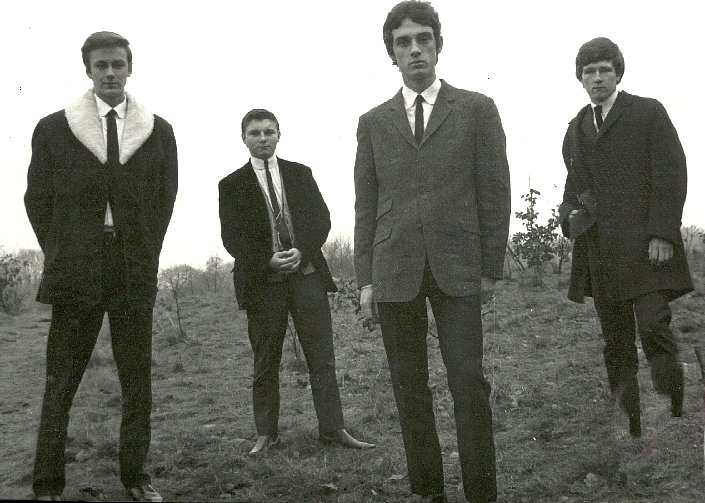
When we signed to Fontana in early ’67 we changed our name to Kaleidoscope, influenced by the steady emergence of psychedelia. The name itself was a kind of buzz word at the time, representing as it does a vision of myriad changing colourful images. We all felt it would be a good name to reflect the nature of our developing music with its many different styles.
Did you release any material before Kaleidoscope?
No. As The Sidekicks we recorded some standard R&B songs and our own first attempts at song-writing. We used tiny cheap studios that produced a rather average result. But, of course, at the time we were very proud of these first recordings, unable to recognise just how amateurish they were. We sent tapes to various record companies thinking we could get a recording contract that way. Boy, were we naive! However, with the growing interest in the band in the Nineties these first recordings were released in April 2003 on the Alchemy label, ‘Kaleidoscope – The Sidekicks Sessions’. They are only of interest to those fans who simply want to acquire everything we recorded. But having said that, they do give the listener a good indication of how we sounded on stage during the early Sixties. I personally find it quite amusing that these rusty little recordings are now out there on CD. If only those four young kids could have known that all their efforts would be rewarded one day…
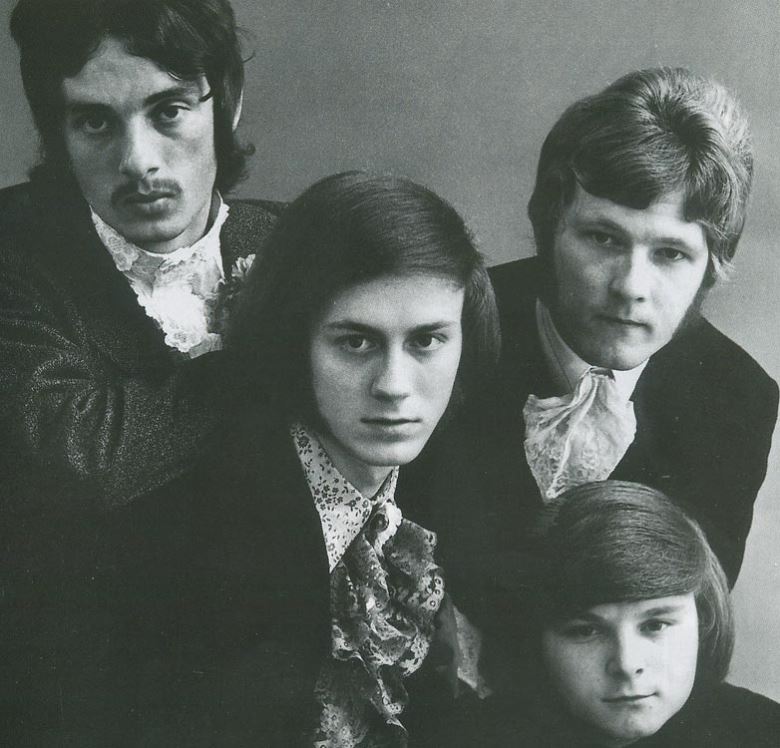
‘Flight from Ashiya’ / ‘Holiday Maker’ single was your first release on Fontana Record back in 1967. Do you remember your first recording sessions?
On the 24th February 1967 we had our first recording session as Kaleidoscope at Philips’ Stanhope Place studio just a giant leap for mankind from Marble Arch. Although nervous, entering this mysterious, subterranean dimly-lit cavern, we knew that we could not allow anything to go wrong. We recorded ‘Holiday Maker’ and ‘Kaleidoscope’. Unlike every recording session we’d ever had before — in egg-box dives — we were not disappointed with the results. In fact we were stunned by the clarity of the results, fascinated by the recording process and pleased to find that the engineers were friendly and co-operative. The actual recording process was taken out of our hands and was something of a mystery: we did what we were told in terms of levels and retakes. The arrangements were down to us, although Dick did have some input via carefully phrased suggestions. We were always willing to listen and incorporate inventive ideas. But all the songs went into the studio fully-formed. We never wrote in the studio like some bands. Our songs were very carefully written, rewritten, arranged and polished long before recording sessions. Dick produced, obviously aware of the beating of our novice hearts, allowing us time to settle down, to accustom ourselves to the cathedral studio. In fact, the studio was so enormous that when we set up our equipment we only occupied a small area, but this was how we preferred it — reminiscent, perhaps, of our nights rehearsing at the school hall in Acton not so long before.
A memorable day indeed. We experienced for the very first time that dream-like state as we stepped from the cocoon-twilight of the studio into the outside world — like travellers returning from a voyage of discovery. You blink and find yourself back in the real world where life goes on. Difficult to explain; you should have been there.
I don’t recall the actual ‘Flight from Ashiya’ session. But the day itself was kinda special. We’d popped in to see Dick Leahy around lunch time to play our new songs. When he heard ‘Ashiya’ he grabbed the phone and demanded a studio slot for that evening. He was very excited about the song and this enthusiasm drove the session. Dick fancied himself as a bit of a George Martin — indeed, we heard around this time that he was telling people in the business that he’d found the new Beatles. I’m not sure who came up with the idea of the huge Armageddon piano chord at the start of the song, but it certainly grabs your attention.
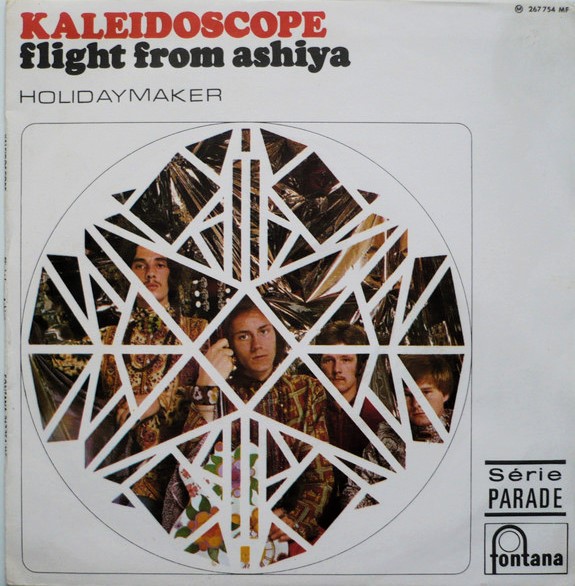
A bit later you released your first LP called ‘Tangerine Dream’. Catchy melodies, imaginative lyrics, trippy sounds and arrangements and really good production. What can you tell me about recording and producing this LP?
By the time we entered the studio to start recording the album we had assembled a collection of songs culled from the dozens that we’d written over the preceding months. Our quality-control regarding song choices I always felt was quite good — although it did desert us occasionally, particularly later…
As a band we never wrote in the studio. Everything was finalised and well rehearsed before we went into the sessions. The arrangements were adaptable and we were influenced by Dick’s input. Song structure might change slightly, but the basic material was there from the start. It was the embellishments that made them psychedelic, the weird guitar effects, vocal manipulations etc. To be honest, I don’t think we had particularly conscious targets of producing a psyche album — but obviously we were influenced by what we were hearing at the time and it was inevitable that these trippy influences, as you call them, would seep into our own music.
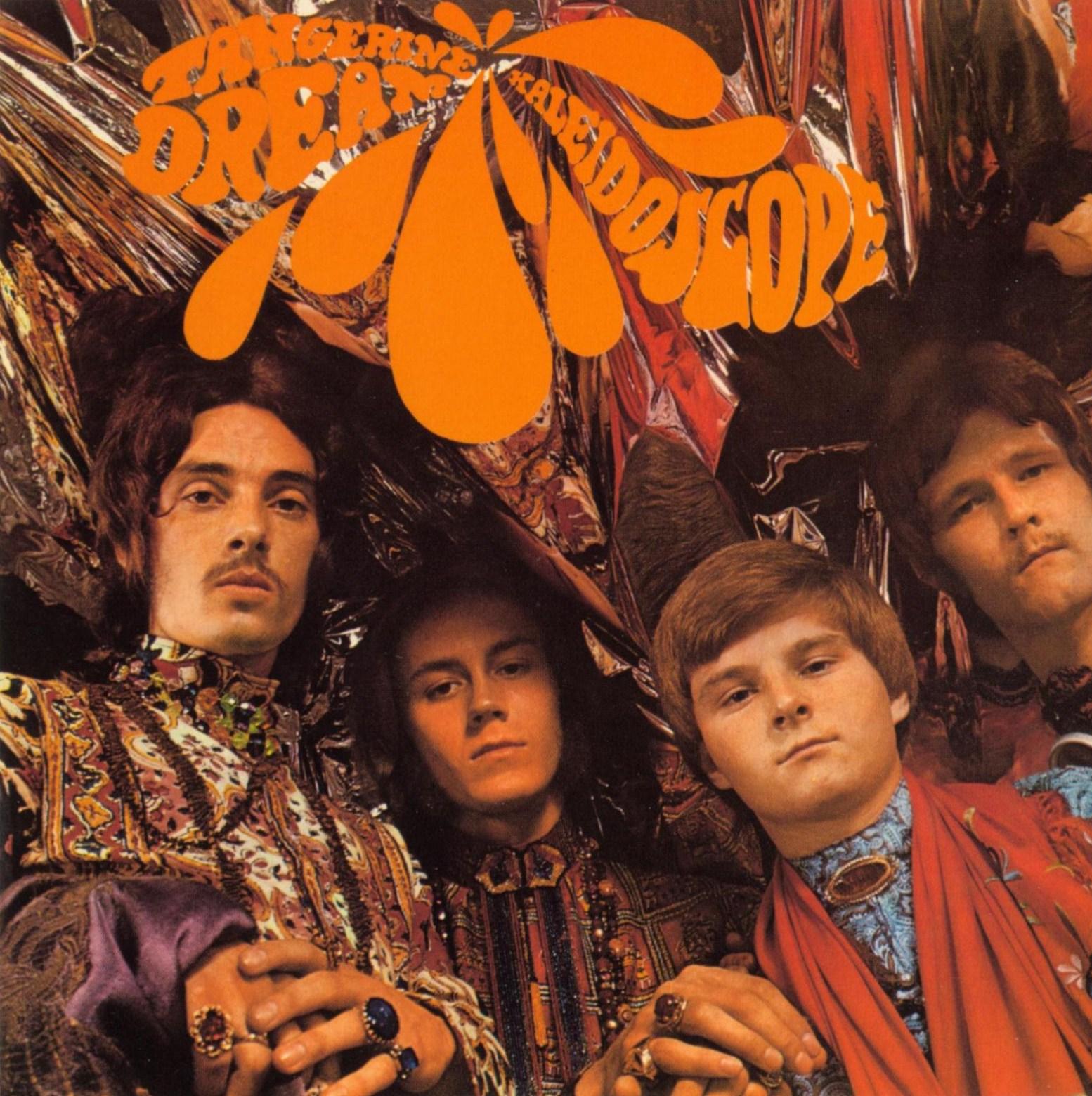
Who did the cover artwork? How many copies were pressed?
Sorry — I have no idea who came up with the cover concept or who was the photographer. I do remember the session at a small studio in Kensington. We arrived in our finery and found an aluminium foil “cave” set up and waiting for us. Of course, with the studio lighting we were soon cooking — almost literally! The resulting photographs were startlingly good. Apart from the one used on the cover there is another good one used on the first single advert.
When we became Fairfield Parlour we were more in charge of album designs — and today I am obsessive about the details of my own album artwork. But as Kaleidoscope we were led by the noses of more experienced record company people. Although in our early twenties we were still very green behind the ears when it came to dealing with a multi-national record company…
I have no idea how many were pressed. What I do know is that Fontana was the worst company on the planet for distribution. It was this that hampered our efforts for chart success throughout our time with them. Fans wanted to buy the records but Fontana’s inept promotions department were less than effective in their limp efforts and the follow-up distribution to the shops was abysmal.
‘Faintly Blowing’ followed.
The album is a reflection of our growth as songwriters. Writing of any kind develops and matures with time. Being able to write is a precious gift: but you use it or lose it. Ed and I never stopped writing. We were very prolific. But we were also honest with self-criticism. If a song did not come up to our standard we let it wither and moved on. Before we went into the studio we would have studied which songs were ready; maybe a couple of dozen songs, many already incorporated into our stage act. So by the time we got into the studio the songs had already been through several editing processes.
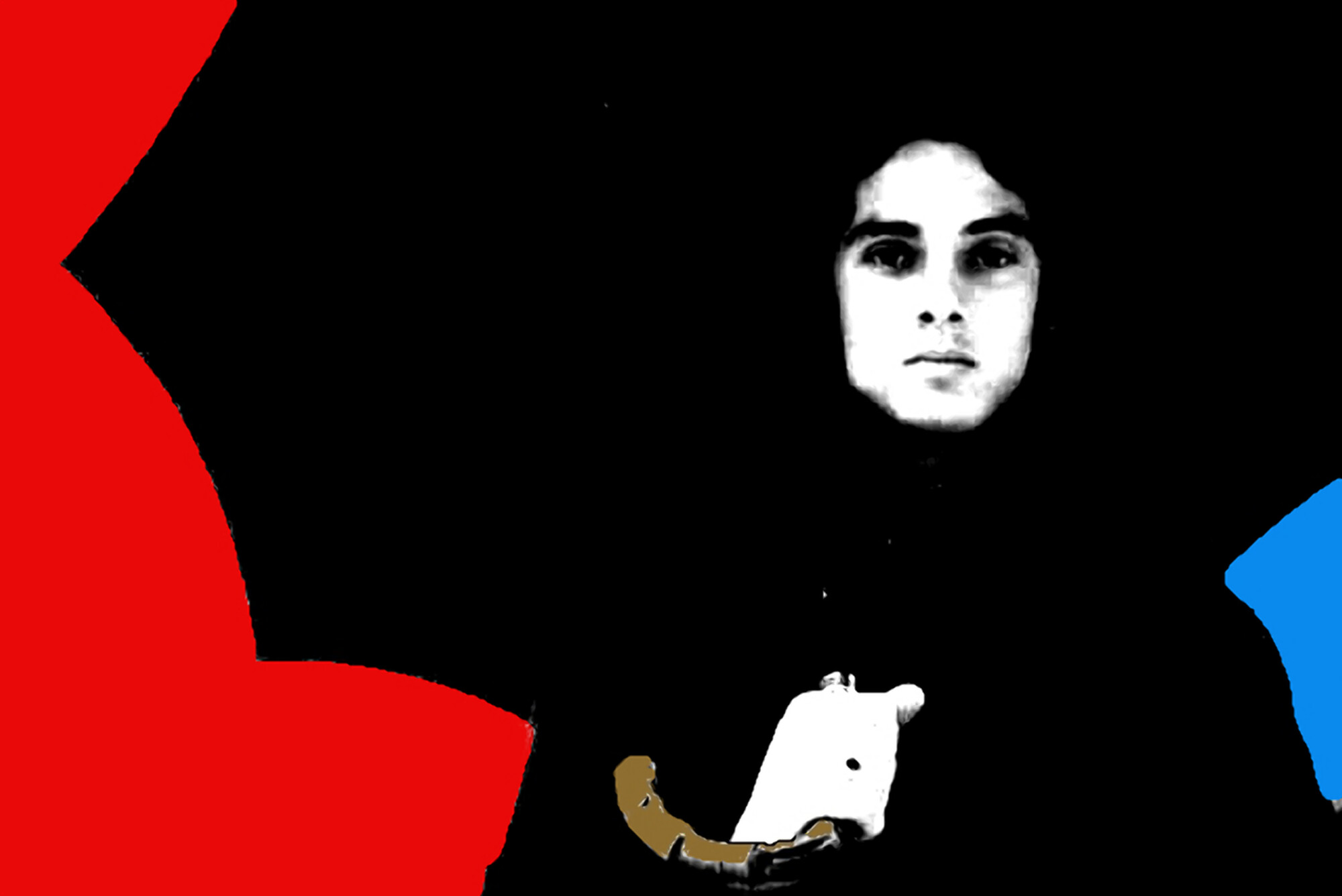
The songs on ‘Faintly Blowing’ — my own favourite of the two Kaleidoscope albums from the Sixties — were very carefully written, arranged and recorded. With ‘Tangerine Dream’ we — Dick included — were anxious to get into the studio and start recording and finish the first album to get it out behind the first single. With ‘Faintly Blowing’ it was a more carefully-considered process, with various meetings to decide which songs would go on the album; close scrutiny was also given to the running order of the tracks to present a good listening experience from beginning to end.
I like the variety of styles — lyrical and musical — on ‘Faintly Blowing’. Ed and I were maturing as writers and the album is a good showcase of the different genres we were tackling. The whole album has a better sense of attention to detail than the first — although the first still has that appealing freshness, a youthful naiveté.
The ‘Faintly Blowing’ sessions were quite extensive and intense. We all worked very hard, aware that we were building on our first album. Dick secured plenty of studio time and persuaded the layers of bosses above him — the suits with the purse strings — to agree to a full orchestral arrangement on a few of the tracks. I was particularly pleased as Donovan’s arranger, John Cameron, was chosen to work with us. Donovan was a big influence on my lyrics; his ‘Storybook’ album is still one of my favourites and one of the very few that I still listen to occasionally. Again — no idea how much commitment Fontana actually put into the production and promotion of the album itself once recorded…
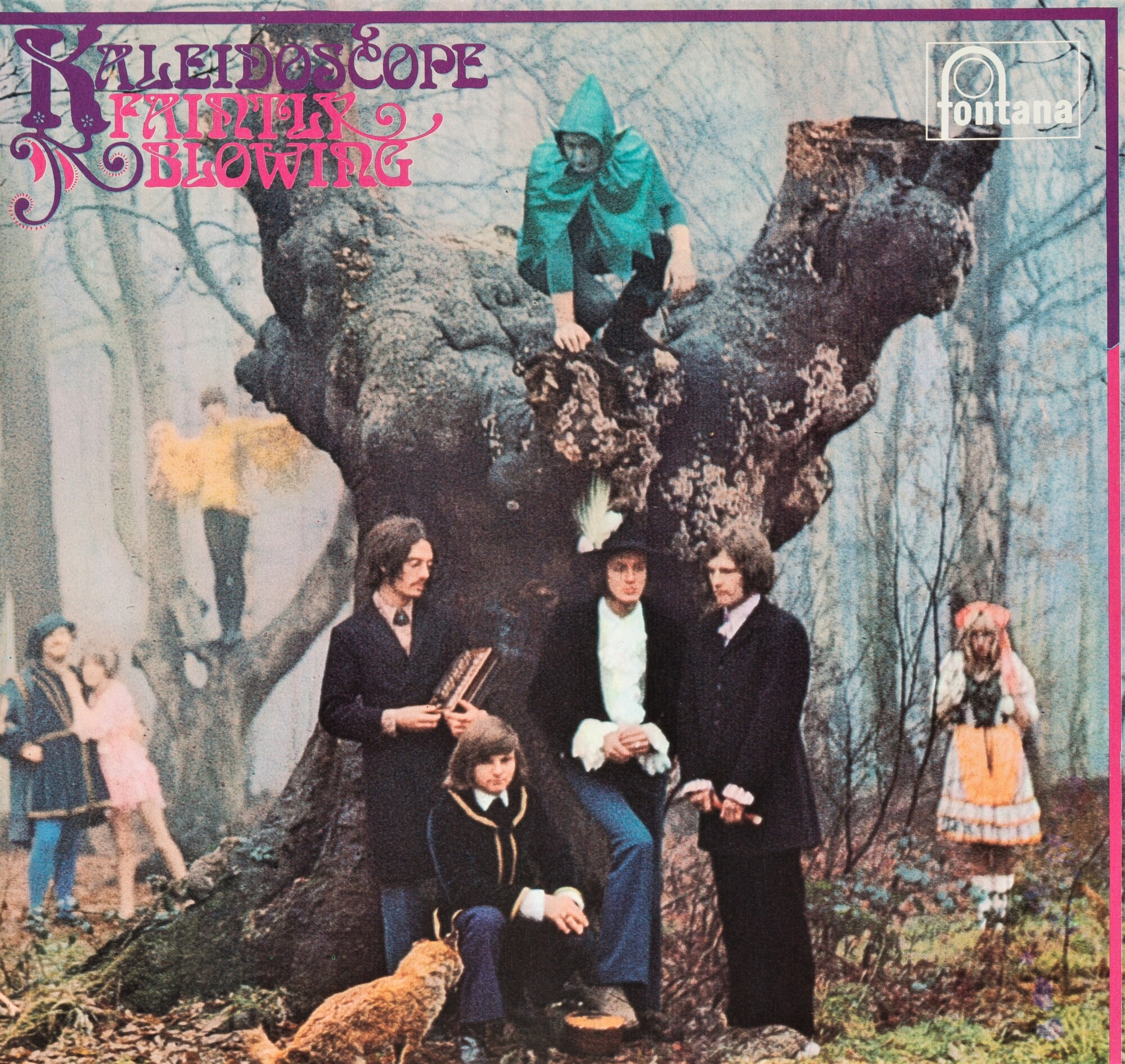
Would you mind telling me a bit about songwriting?
Hmmm… I do get a bit annoyed when I listen to some song-writers explaining their work. They make it sound like such a high-brow mystical process that produces such meaningful spiritual work. Look — there ain’t no mystery to it: it`s just hard work and application. Let me tell you this: anyone can do it. OK, the quality will vary, but start with a line or two, start humming a melody and you`re writing a song!
Regarding the Kaleidoscope songs — I would give Ed batches of lyrics. I wrote all the time and so Ed would get a dozen sheets of neatly typed lyrics. Over a period of weeks he would sift through what must have mostly been dross to find the ones he could work with. I’d get a call: “I’ve got some songs. Bring some wine.” We’d start the evening with a Chinese meal at a local restaurant. The crab and sweet corn soup was so delicious we’d have quite happily had a couple of bowls of that and left. And the lychees. We would go back to Ed.’s parents.. house. Mr. P would be in his tiny room where time literally stood still as he repaired wrist watches. “Hulloooo, Peeete!!” An impressive, tall man with a chiselled, Slavic face, Mr. P wore glasses with a magnifier over one lens. This served to make one eye huge and all-seeing. The spirits came out. Tiny glasses of fire. In the kitchen Mrs. P would be working at the table, dwarfed by a mountain of trousers. The needle would be flying. “Oh, you boys…!” she would grumble affectionately, shaking her tiny head in mock despair. Lovely people — gone forever — but living for eternity in the minds of those who remember them. And Fred, the old black Spaniel: overweight, over-sexed and over here. Well, over there, actually, pushing up daisies in paradise.
We’d pass a dozen or so of Ed.’s many sisters as we climbed the stairs to his room. Once inside Ed would become a nervous wreck, worried about revealing his creations. We’d sit on the bed and Ed would eventually play me the new songs, accompanying himself on guitar or on the piano that we’d manhandled up to his room on his birthday. Ed had a good voice and would set the standard for many songs that would later become my vocal responsibility. It was thrilling to hear a lyric that I’d written weeks or months before taking on musical flesh and bone and turning into a song. I was rarely disappointed. Now the real drinking would begin. I once came round with my head stuck between the bed and the wall. All I could hear was a distant, uncontrollable laughter. Sometimes we’d walk the cool streets just to try to sober up.
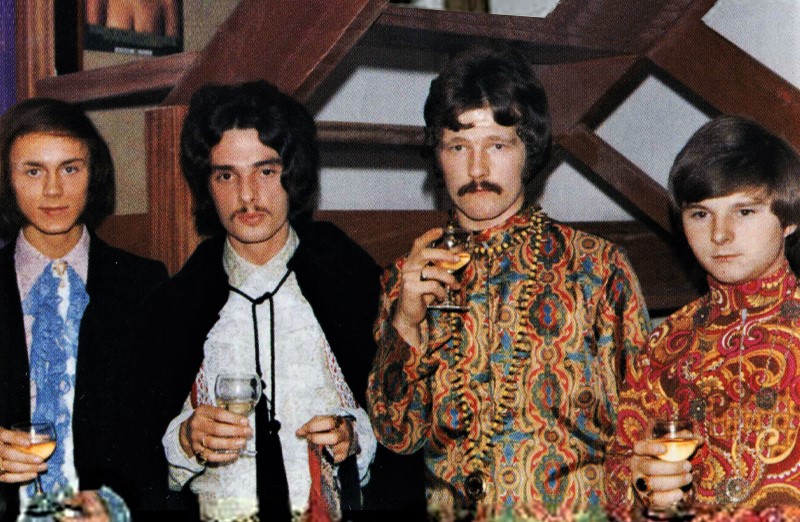
As far as influences are concerned regarding Kaleidoscope: blame it on the brothers Bee Gee. I bought a copy of ‘Horizontal’. ‘Lemons Never Forget.’ But it was the single, ‘New York Mining Disaster 1941,’ that made us sit up and listen. ‘Lewis Tollani’ was written as a direct result of hearing that song. I’ve no idea where the story came from. OK, I suppose if I’m honest it was a conscious effort to produce something “weird” but that was all part of the learning process for a writer. You listened — you learnt — you took in what affected you the most — and adapted, moving on in a growing, developing way. Obviously we were influenced by everything that was happening in the Sixties: the music, the fashions, the social and cultural revolution that was changing Britain from a monochrome bombed-out post-war wasteland ruled by pipe-smoking stiff-upper-lip politicians in tweed suits who were anxious to preserve the status quo of the class system hierarchy that kept them and their like at the top and the rest of us down there with the obedient, cap-doffing plebs. It was becoming a Technicolor world and young people were leading the way, slicing through the dusty drapes and letting the light in. Nothing could stop us.
You traveled around Europe after you released it. You played with Country Joe & The Fish in Amsterdam.
Well, there are too many stories to relate here, but certainly the Country Joe episode still leaves a bad taste in my mouth. We arrived at the Amsterdam concert hall in the afternoon for rehearsals and were alarmed by the amount of echo in the hall. It was very difficult to play as everything came back to you a fraction of a second later. We were assured that this would not occur in the evening once the hall was full. But during our evening performance the situation had not improved and we struggled. Eventually we got the dreaded slow hand-clapping. For a young band on its first tour of Europe this was not an encouraging start.
But worse was to come when Fairfield Parlour supported Pentangle at the prestigious Royal Albert Hall and some bastard messed with our leads and settings before we went on, leaving us floundering and barely able to recover in the glaring spotlight…
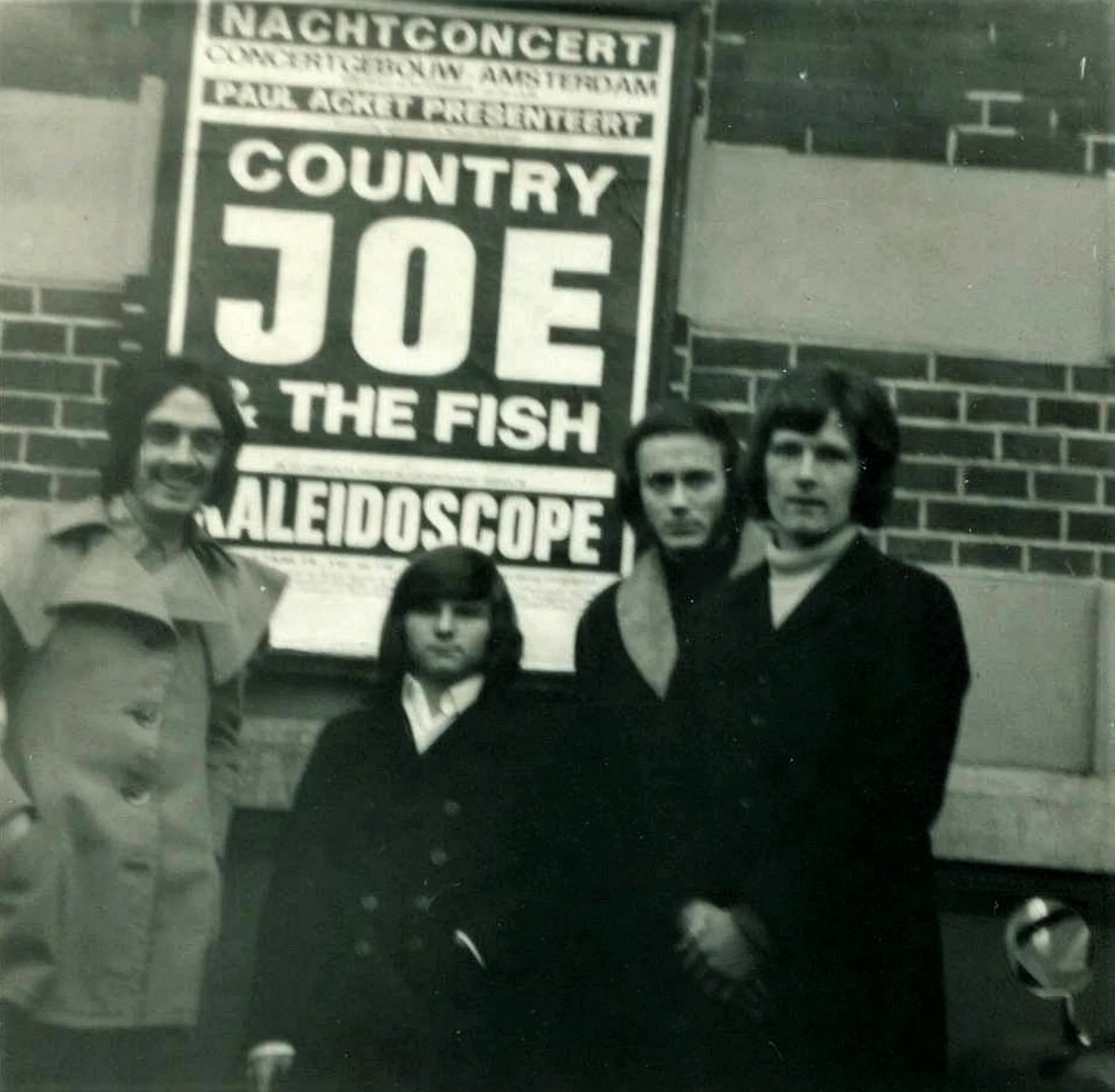
What happened next? You changed your manager and the name of the band to Fairfield Parlour. Why?
We changed our name to Fairfield Parlour after we shrugged off our psychedelic colours and embraced the progressive folk sound that was approaching. We didn’t feel the name Kaleidoscope was appropriate for our new sound and image. In retrospect I guess it was a bit of a mistake. We should have stuck to our guns, proud of our name. But at the time it seemed the right thing to do.
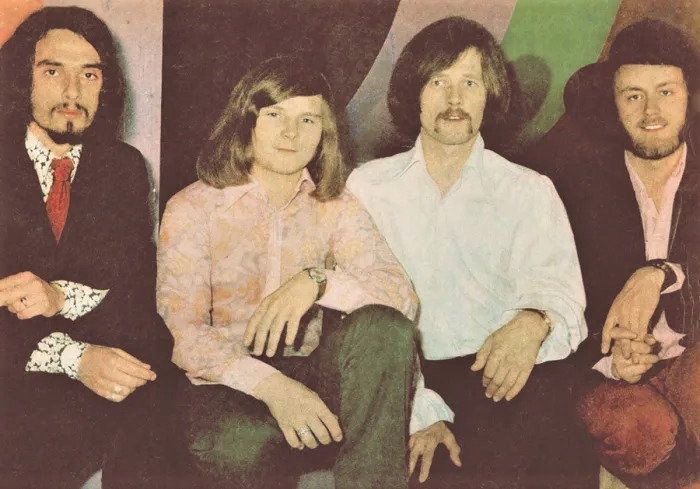
Fairfield Parlour released two 45’s, one EP and one absolutely amazing album called ‘From Home to Home’.
The first session was on 19th November 1969 — and nine days later it was finished, mixed, done and dusted — literally in the can. I have only misty memories of the sessions. As you can see we were working at a steady pace. At this stage we were financing the sessions, the costs to be claimed back from Vertigo later. One particularly vivid memory I share with Dan. On the final mixing session at Olympic Studios in Barnes, Dave presented us with a mix of ‘Emily brought confettii’ that almost left us in big-girl-blouse tears. The massed vocal harmonies — all of which we had done ourselves — would have done all the angels proud. The playback was at Dave’s usual earthquake-inducing level and we all drove home in a daze, convinced we’d produced the greatest piece of music ever committed to tape. Although the final released version is good, Dave lost something of that majesty in subsequent mixes. He did like to fiddle.
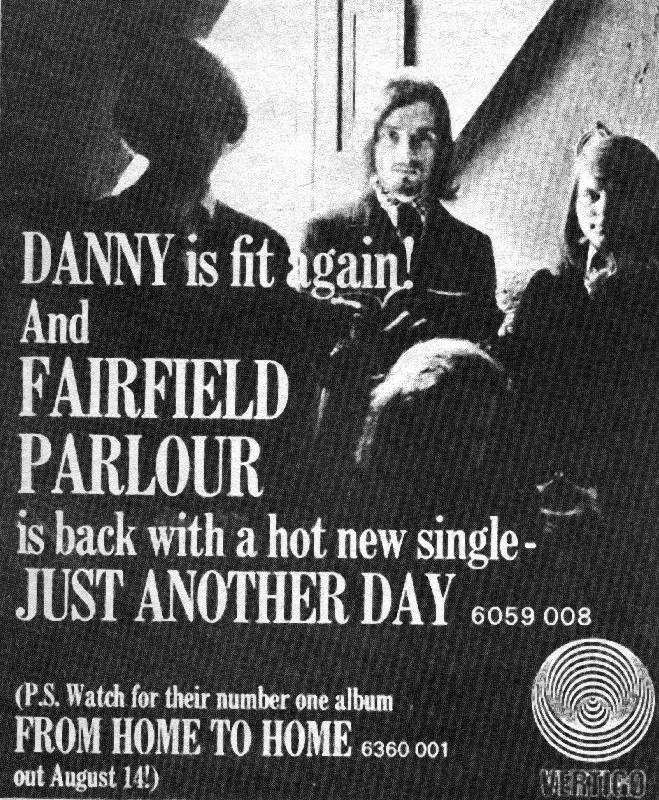
Of course, the album is not the full Fairfield Parlour Sunday roast that it first appears on. Anyone who had followed our career to date would realise that there were two courses that had been frozen, reheated and served up anew. In my opinion, ‘In My Box’ should never have been included on the album as it stands out like one of those sore digits. It is recognisably from the late Kaleidoscope “Oh-my-god-let’s-write-a-quick-hit” period. The other side dish — although to my mind, more filling — is ‘I Remember Sunnyside Circus’. In fact, we had actually attempted to record this as a Kaleidoscope many months before, but were disappointed with the result and binned it. I do love the Fairfield Parlour version: it’s tight and punchy with some inventive instrumentation. Sadly, the lyrics are pants — and, again, don’t fit the new image of F. Scott Fitzgerald-meets-folky-muso.
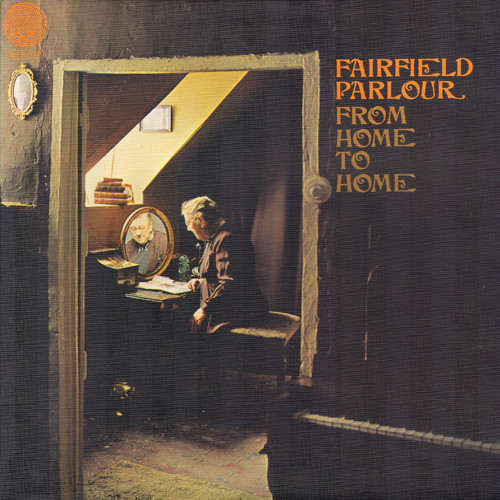
The album’s release had to be seriously delayed following Dan’s spinal breakdown during a performance at Birmingham’s Mothers club in June of 1970. That’s why Graeme Edge was roped in to play drums on the second single. The album was finally released in what I think was the first Vertigo batch on 14th August — along with albums by Affinity, Nucleus and Uriah Heep. Just a couple of weeks before our Isle of Wight Festival appearance.
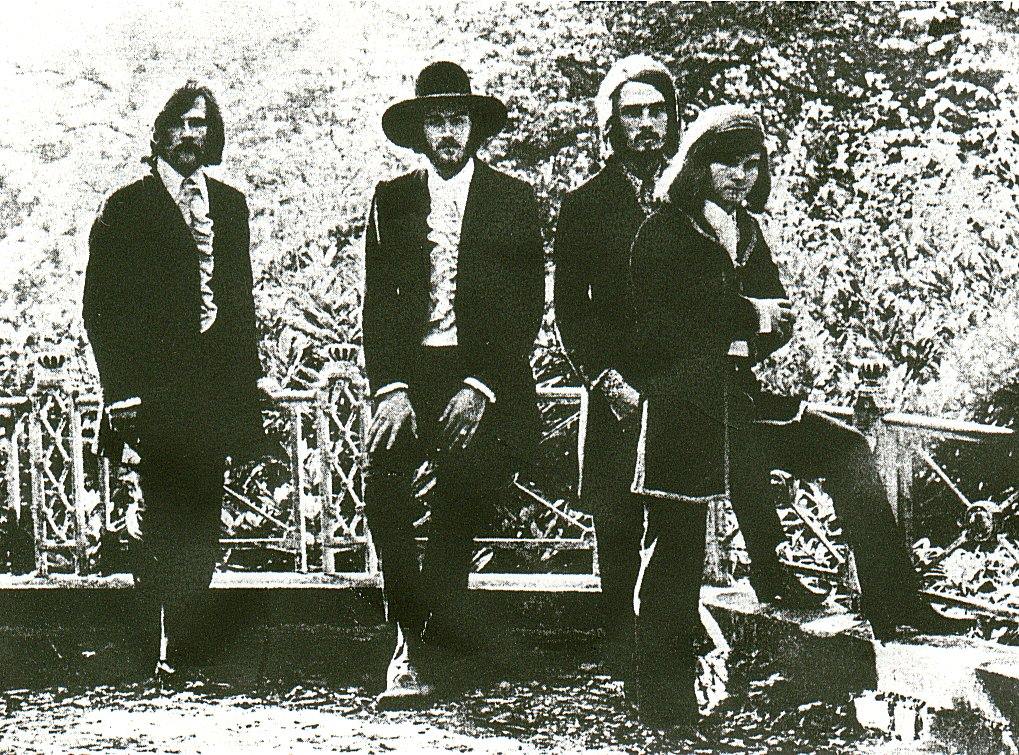
What is the story behind your second album, ‘White Faced Lady’? It was released many years after its recording. What’s the concept behind it?
Over the spring and summer Ed and I had begun this process. When we’d get together to look at new songs we would enjoy playing those songs from our unrecorded stock that pleased us most. This way they came to the surface naturally and the songs with less appeal gradually got over-looked, not forgotten, but certainly shelved. I remember a few of these orphans with some fondness, amusement and regret: ‘The Purple Spider Still Speaks,’ another with quite a good rousing chorus about a girl called Maddy-something; one about a school for delinquent boys. Umm, perhaps it’s for the best that those particular gems failed to glint as we panned for gold.
During this period of repeatedly playing our favourite songs late at night in Ed’s blue room, I noticed a vague, most obscure link emerging. A line or two in a song, the changing moods of melodies complimenting that of the following song. I began to feel that I was singing these songs to someone in particular or about that person. Driving home to Rayners Lane, just west of Harrow, in the early hours of the morning, I would ruminate on who this person might be. Soon I was jotting down my ideas on the subject, trying to work out for myself the tenuous threads that linked these songs. When I was ready I put the idea to Ed. How about arranging these songs in an order that could then be interpreted as a continuous story? I would write the story in the form of a novel that could be included with the album or sold separately. Ed gulped and pointed out two immediate problems that came to mind: the story that I had outlined didn’t exactly leap out at him from the existing lyrics; and we had too many songs for one album. OK. We could easily adjust some of the lyrics to suggest more of the story, although I was against spelling out the story too obviously; the listener wouldn’t want that. Too many songs for a single album? Let’s make a double!
We put our ideas to Dave and he loved it from the start, no hesitation. His enthusiasm, always infectious, boosted our confidence and we began serious work on the fine tuning of the material. I began writing the novel. I’d written a novel the previous year, all purple prose and juvenile ideas, a Sci-fi pot of nonsense. After repeated rejections it was confined to a desk drawer to die quietly. I knew that this one had to be better.
Dan and Steve were now involved as we rehearsed and arranged the songs. This continued while we were on the Isle of Wight. We had our gear set up in the bar of Herbie’s Clarendon Hotel. We would practise during the day and on those evenings that we weren’t at the festival we played for free to Herbie’s customers. It was here that we were said to have recorded a live album. Tosh. OK, someone might have been surreptitiously taping us, but if they did they’ve been sitting on the tape for almost three decades. Some steamy afternoons we would drive out to a cliff top and discuss the project. It was gaining momentum. Planning was at an advanced stage. Arrangements had been finalised and now Dave was planning track allocations for the various instruments.
The album drew its name from a pivotal track: ‘White-Faced Lady’. As with the first Fairfield Parlour album and singles, Dave would negotiate a tape lease deal with Vertigo. He outlined our project to new big bossman Olaf Wyper and received his blessing. He told Dave to proceed and let him know when the album was finished. Monetary matters could then be discussed, bills and advances paid, leasing contracts signed.
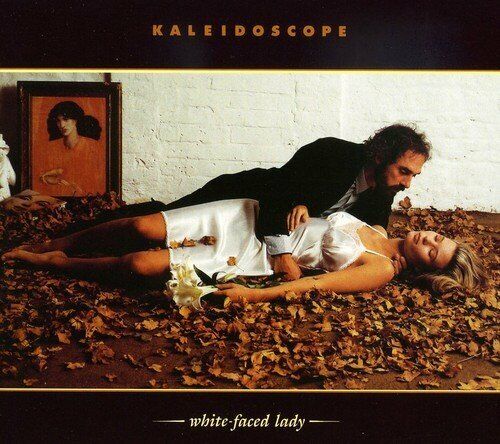
Dave found a new studio called Sound Techniques, situated in a village street in Chelsea, just off the busy Kings Road. It was a haven of tranquillity. A narrow street bordered by quaint Victorian terraced cottages. A bakers shop sold its aromatic produce just across the road from the studio. Inside the studio the live room was small but adequate for a group. The control room was suspended above, reached by a flight of wooden stairs, a wide window looking down over the studio floor. Our first session for the new album was on the 2nd November 1970, a year after our ‘From Home To Home’ sessions. On this first phase we spent five nights at the new studio, recording well into the next morning. I have fond memories of emerging from the studio at five or six AM, blinking in the dawn, blackbirds heralding the new day, the smell of delicious bread wafting from the bakers, the hum of traffic in the distance. Wonderful times.
Once the album was finished Dave should have been trotting off to Vertigo with the tapes of ‘White-Faced Lady’. But towards the end of the sessions Olaf had informed us that he was leaving Vertigo. He was off to RCA. “Where does that leave us?” Dave asked, “and our deal?” Olaf assured him everything would be fine. It would work in our favour as RCA was a better company than Vertigo. And besides, with Olaf gone there was no-one at Vertigo prepared to take on an unauthorised double-album. Not to worry. The deal was sweet: we’d simply decamp to RCA where Olaf was waiting.
So Dave went to see our friend Olaf. Dave told him how much we wanted for the album, a figure that had already been verbally agreed months before. Olaf shrugged. “I’ll have to pass on this one,” he told our astonished manager. “I don’t have that sort of budget here. You’ll find someone else.” Dave stood his ground, but there was no shifting the blonde, Scandinavian with the sparkling, friendly eyes. One comment that had been made was that there wasn’t a single on the album and we would need one to interest another label.
But our confidence was shot. We were all broke. We were seriously disillusioned. The band broke up. But justice was ours when new generations of fans discovered our music and we then had several labels asking us if they could release ‘White-Faced Lady’. A change of fortunes indeed!
I Luv Wight is another project.
It’s a very long tale. And I think I’ve rambled on long enough. For anyone who is interested they can go to the website and read the whole sordid story — www.chelsearecords.co.uk
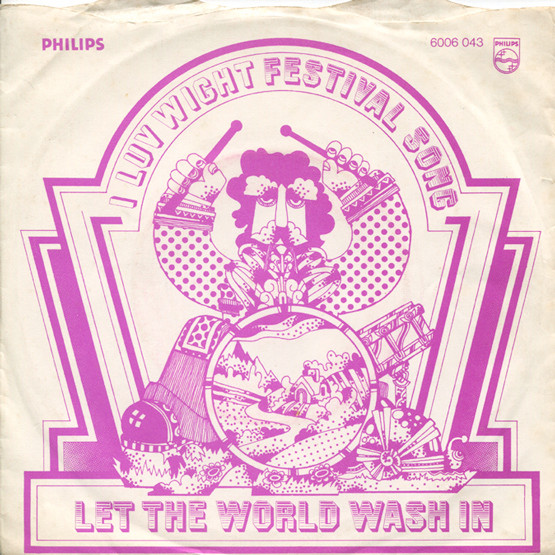
You also released many solo albums after that.
I’ve released eighteen albums. A creative person can’t simply stop. It’s in your blood. All my albums are available from the website. I’m very pleased with my two new releases on the Global Recording Artists label in the USA (www.gragroup.com). ‘The Best of…’ is a collection of tracks from my many solo albums and my work with the American singer-songwriter Damien Youth. Damien and I have recorded three albums together — and are currently working on a fourth. Damien is a mercurial mystical genius, a very talented musician and song-writer and superb vocalist with a distinctive voice. I am very proud to be working with him. I urge you to check out his recordings online. ‘The Morning Set’ is our upbeat band album, a real tour de force, even if I do say so myself. But my favourite collaboration with Damien is ‘Tattoo’ — currently available to buy online as a double CD package — with ‘Heroine’ — from www.rocketgirl.co.uk
What are some future plans for you, Peter?
More writing. More recordings. I’m currently writing with a great American psyche band called The Asteroid No.4. A very talented bunch of musicians. Sadly the original Kaleidoscope will never appear on stage again. Steve Clark died many years ago and the other guys don’t feel they are up to the rigours of live work.
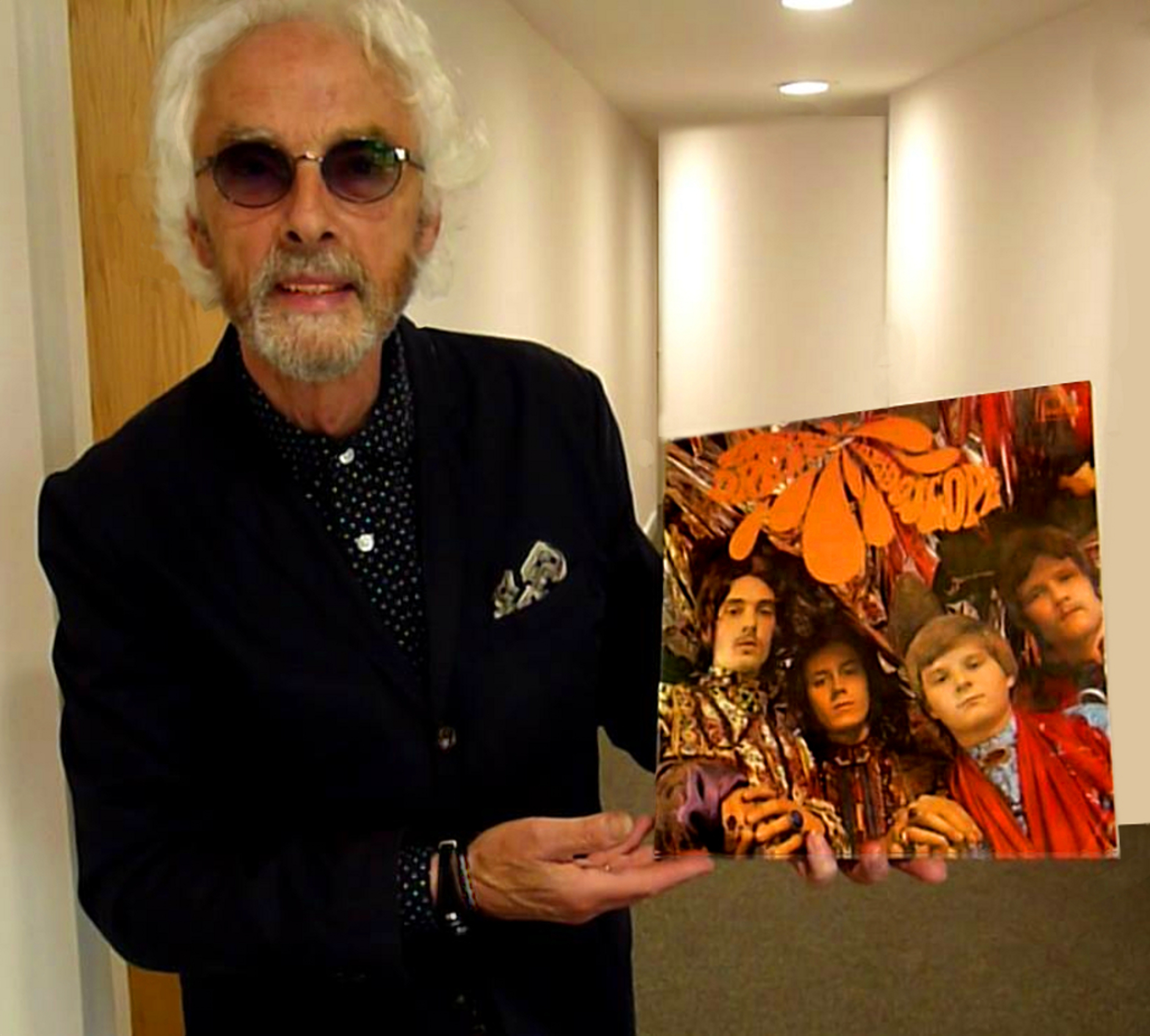
I would like to thank you once again for your time and effort for making this interview.
Protect your ears! I’m now partially deaf and have raging tinnitus in both ears. If you go to gigs or you’re in a band wear protective ear-plugs at all times. Or end up like me…
Klemen Breznikar
Peter Daltrey Facebook / Instagram / Bandcamp / YouTube

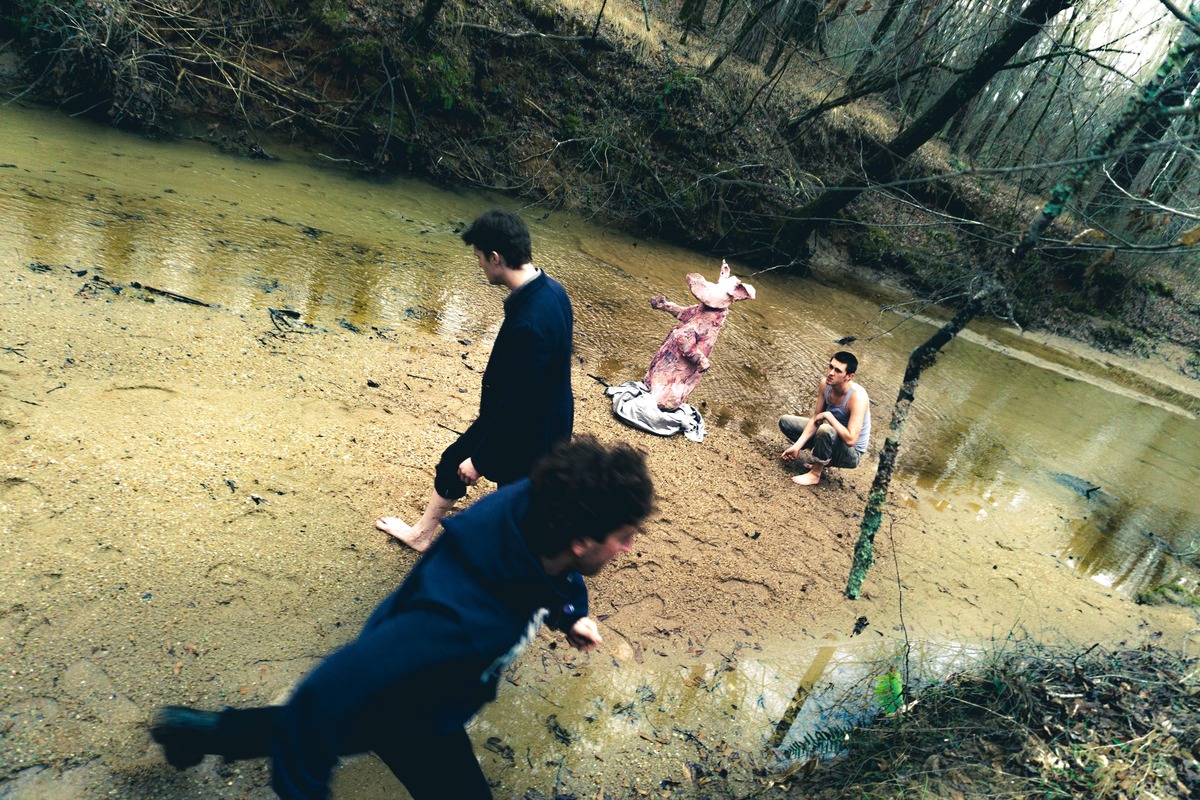
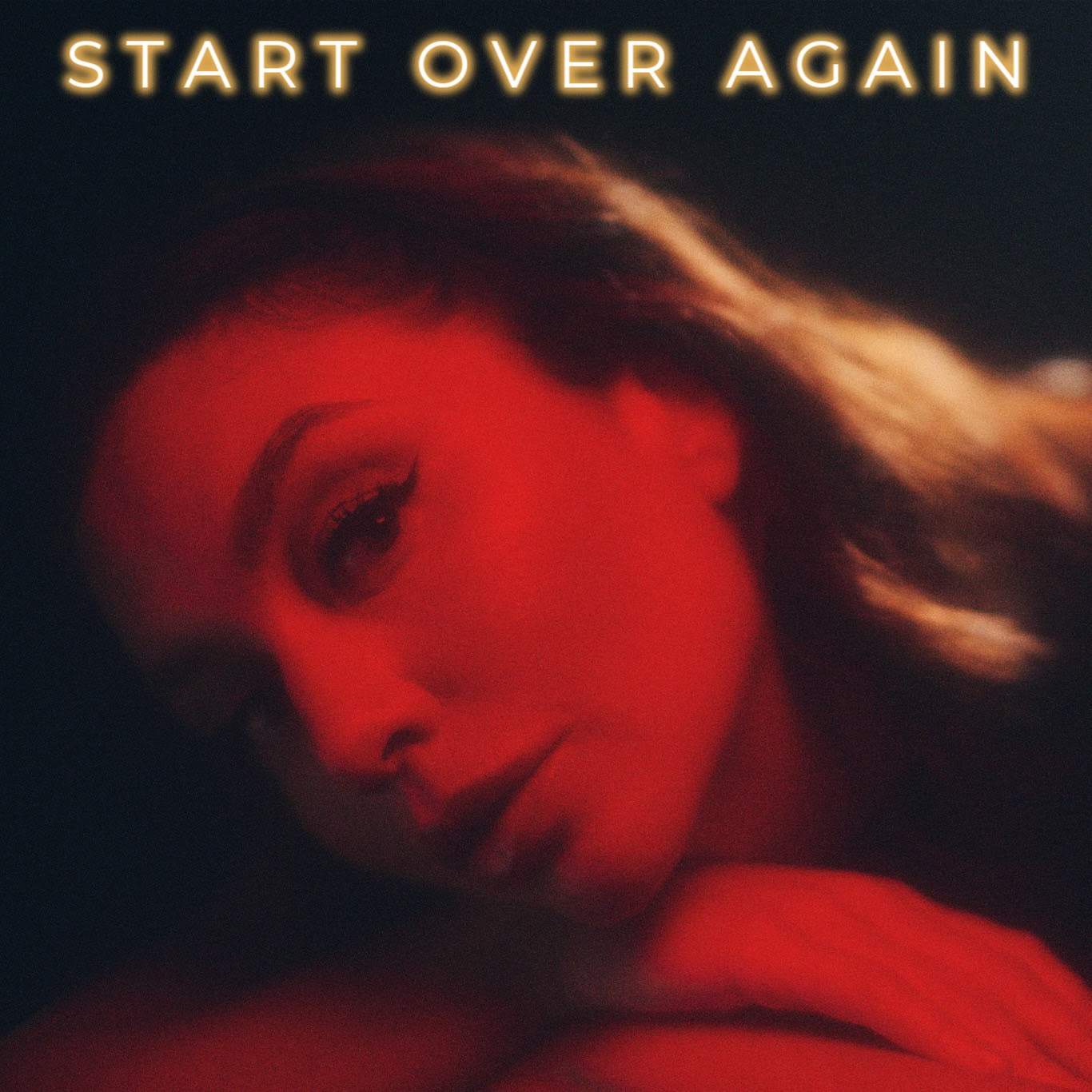
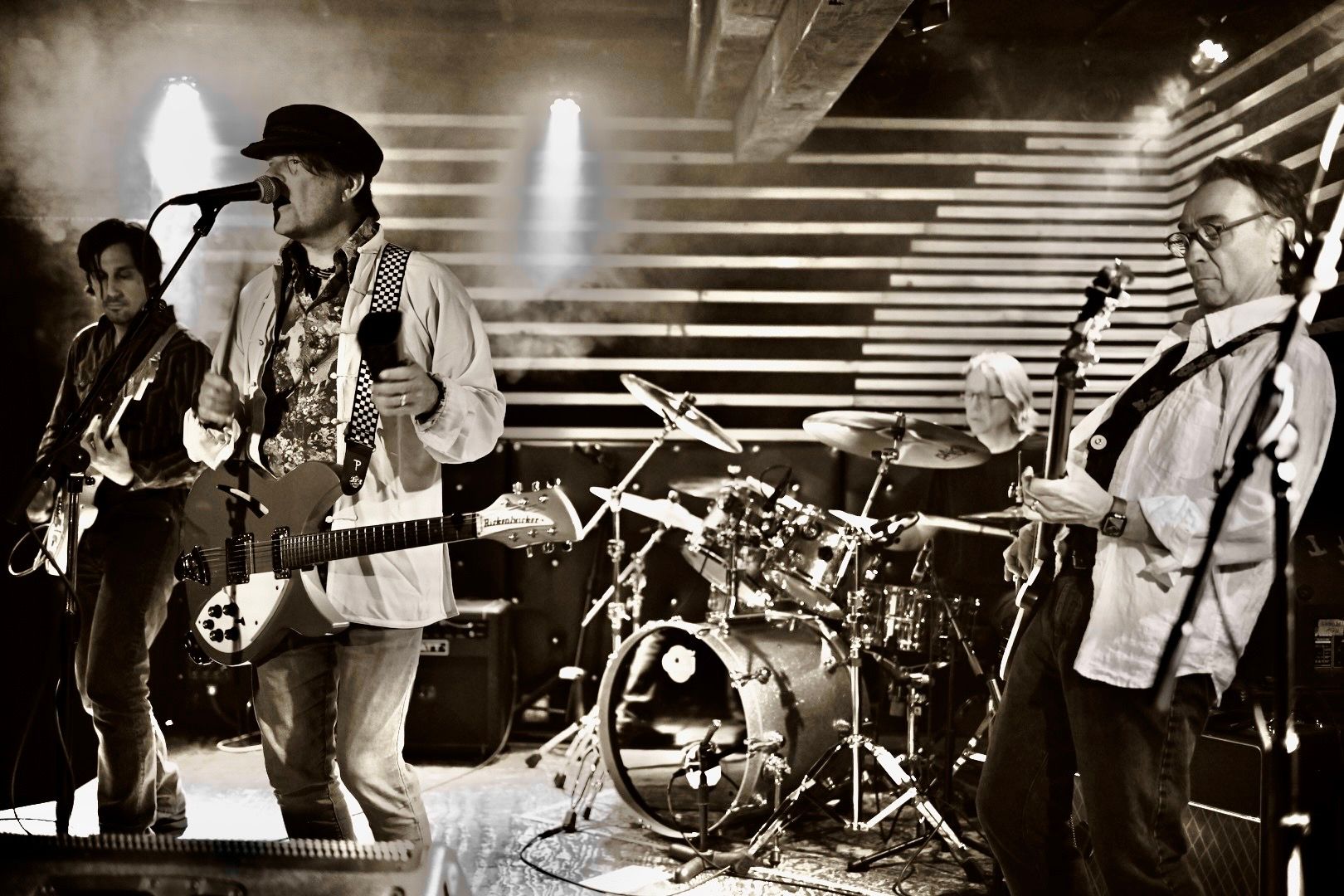
Wow, what an amazing and quite lengthy interview. Thank you very much!
And did peter mean Donovan's Storyteller album? I'm not aware of one called Storybook.